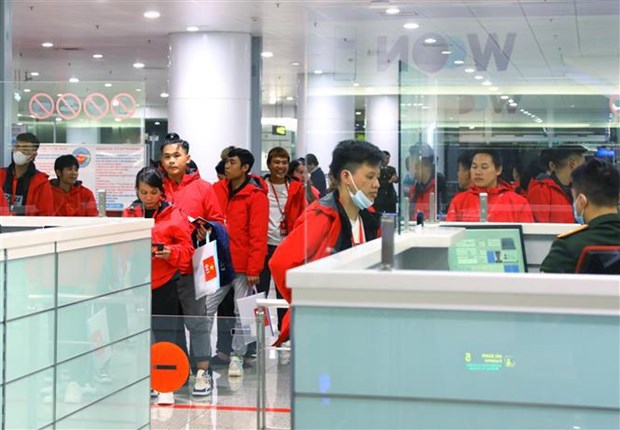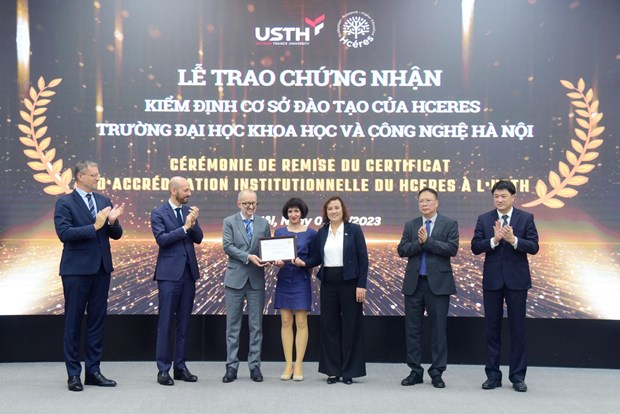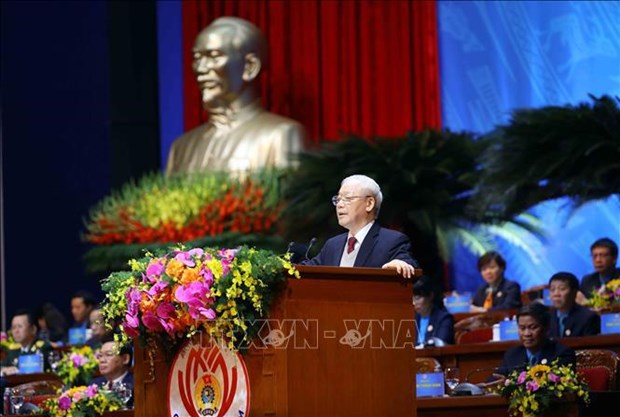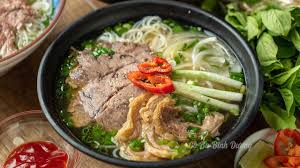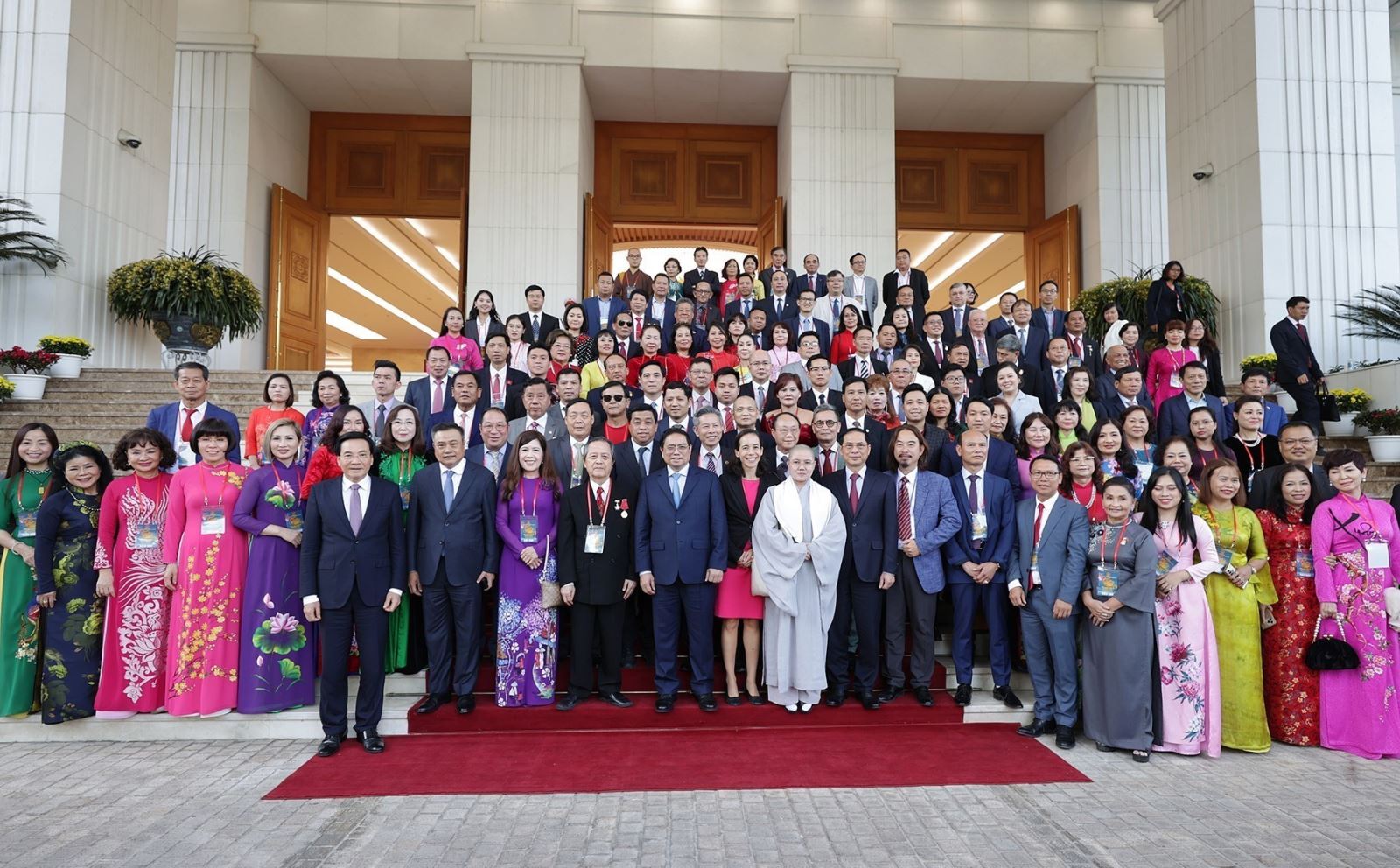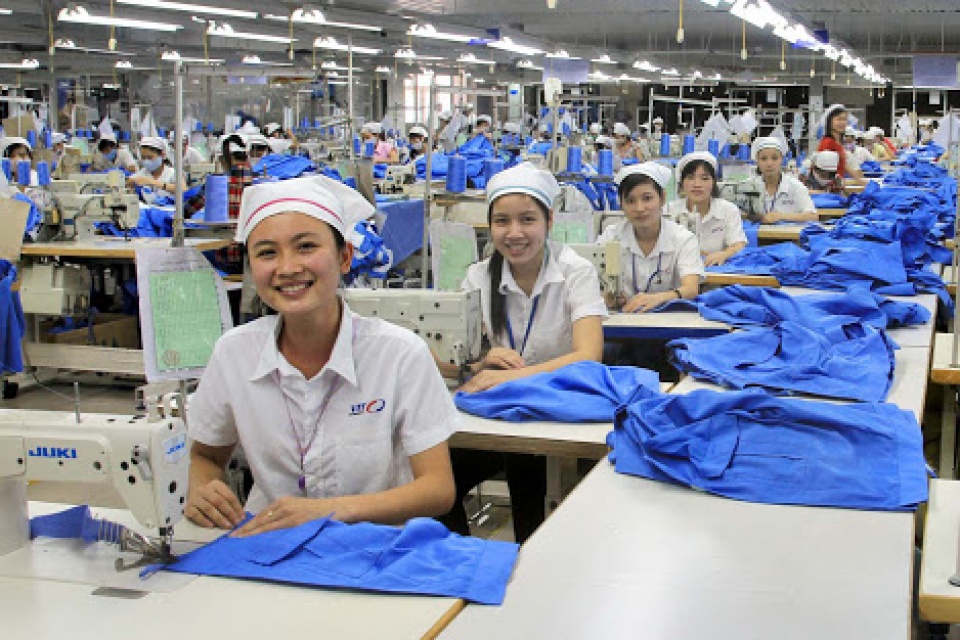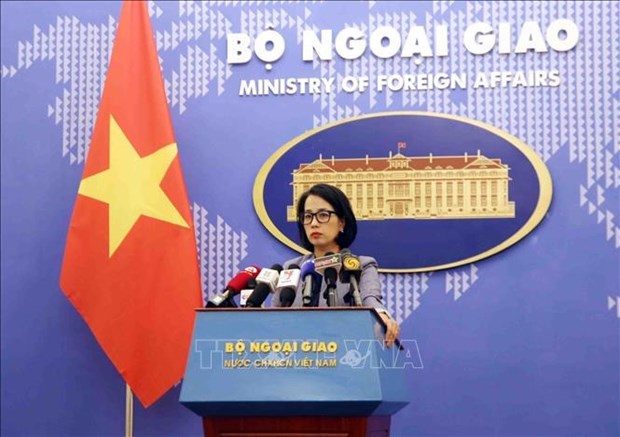Considered a leading cashew nut producer of the world, but Vietnam is facing numerous opportunities and challenges, particularly amidst fierce competition from Cambodia and several African nations.
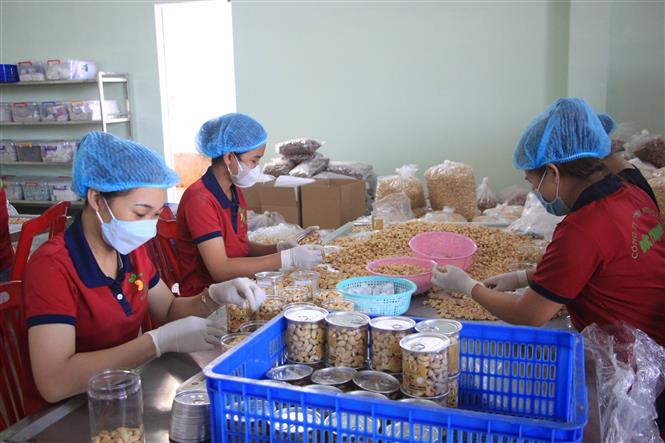
Workers package cashew nuts for exports. (Photo: VNA)
Challenges facing “billion-dollar” trees
According to experts, the development of cashew trees in Vietnam in general and in the “cashew capital” of Binh Phuoc in particular still sees ample room for growth intertwined with challenges.
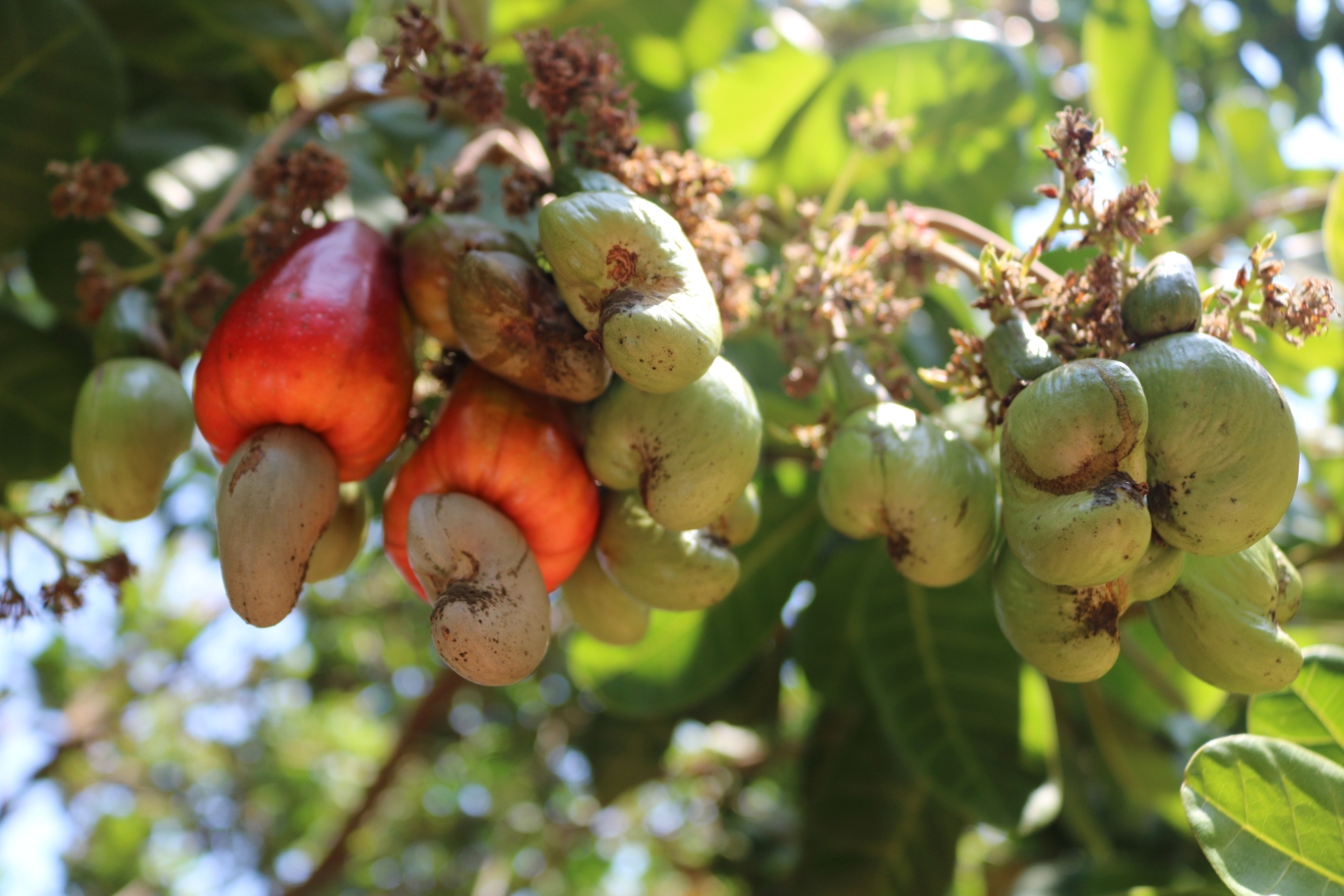
People harvest cashew in Duc Hanh commune, Bu Gia Map district, Binh Phuoc province (Photo: VNA)
The industry is currently exposed to natural disasters and climate change risks, said Tran Cong Khanh, Director of the Centre for Cashew Research and Development under the Southern Institute of Agricultural Science and Technology.
Tough competition has also posed a considerable concern, as countries with large land reserves like Cambodia as well as Western and Eastern African nations are vigorously developing cashew cultivation and processing for exports.
Binh Phuoc province is viewed as the “cashew capital” of Vietnam, occupying over 50% of the country’s cashew cultivation area and production.
According to Vice Chairwoman of the provincial People’s Committee Tran Tuyet Minh, Binh Phuoc has over 152,000ha of cashew, yielding around 170,000 tonnes per year. Its natural conditions, combined with the adoption of advanced agricultural techniques, have helped increase the productivity of cashew trees in the province.
Binh Phuoc now houses 1,416 cashew nut processing facilities – the largest number in the country – with the processing industry contributing between 27% and 45% to the province’s total annual export revenue.
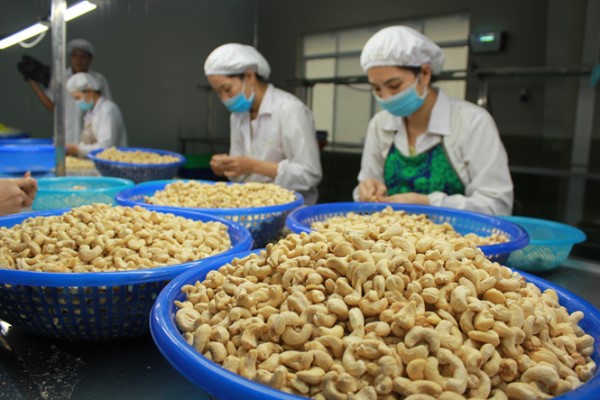
In 2022, Binh Phuoc’s cashew nut exports earned 1.045 billion USD (Photo: VNA)
In 2022, the province’s cashew exports topped 1.04 billion USD. After processing, Binh Phuoc’s cashew products are exported to over 100 countries and territories worldwide, including Europe, the US, Japan, Australia, and China, comprising approximately 70% of the global cashew export market share. This industry provides regular jobs for around 80,000 workers in processing facilities and in cashew orchards.
However, local raw materials have met only about 30% of the province’s processing capacity while the remaining 70% has relied on raw cashew nuts imported from Indonesia, Cambodia, and Africa.
Despite being recognised as a leading global producer of cashew nuts, the cashew industry in Vietnam is facing various challenges and opportunities. These challenges include potential impact of natural disasters and climate change, as well as tough competition from countries such as Cambodia and several African nations.

The Vietnam Cashew Association signs a memorandum of cooperation in raw material supply with the Cambodia Cashew Association at a conference in February 2023. (Photo: VNA)
Changing production mindsets
Vice Chairman of the Vietnam Cashew Association (VINACAS) Bach Khanh Nhut assessed that the Vietnamese cashew industry has made significant progress over the pas more than four decades. Starting from learning and adopting foreign processing technology, Vietnam has now become a technological leader in the field and topped the world in cashew nut exports.
However, Vietnam only accounts for 30% of the global cashew value chain, with the remaining value belonging to distributors and international roasting and frying firms.
“It’s paradoxical that while Vietnam is the world’s largest exporter of cashew nuts, in recent years, the import of cashew nuts into Vietnam for additional processing and re-export has increased rapidly. This is the consequence of allowing the import of cashew nuts into Vietnam without applying protective measures for the domestic cashew processing industry,” said Nhut.
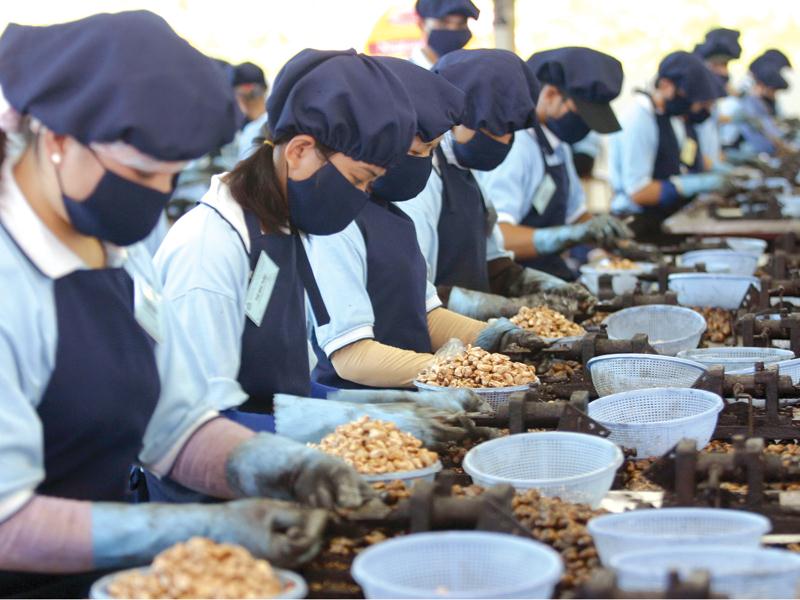
Vietnam is the world’s largest exporter of cashew nuts. (Photo: baodautu.vn)
He suggested that there should be a shift towards deep processing with diverse products that meet the various needs and preferences of end consumers.
Additionally, Khanh, Director of the Centre for Cashew Research and Development, recommended the application of advanced technology, biotechnology, organic farming, and green agriculture in cashew cultivation. It is crucial to promote the adoption of production in accordance with safety standards such as VietGAP and GlobalGAP. Implementing cohesive solutions regarding varieties, cultivation techniques, and investment in deep cultivation is necessary to ensure the productivity and quality of agricultural raw materials.
In March 2018, the Intellectual Property Office under the Ministry of Science and Technology officially granted an unlimited validity certificate for the geographical indication “Hat dieu Binh Phuoc” (Binh Phuoc Cashew Nuts) across the entire territory of Vietnam, opening up significant opportunities for the industry./.
Q.Hoa t.h / VNA

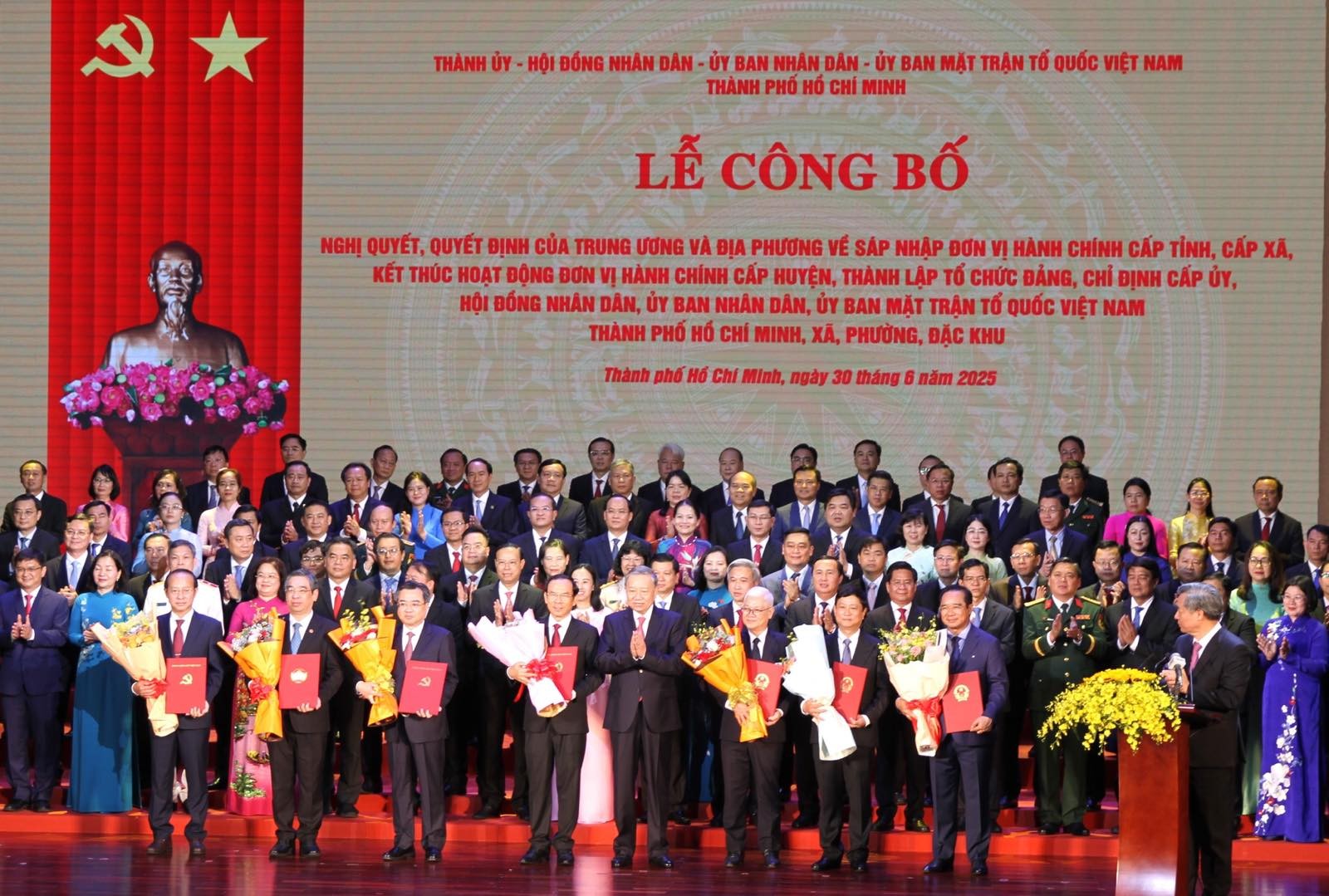
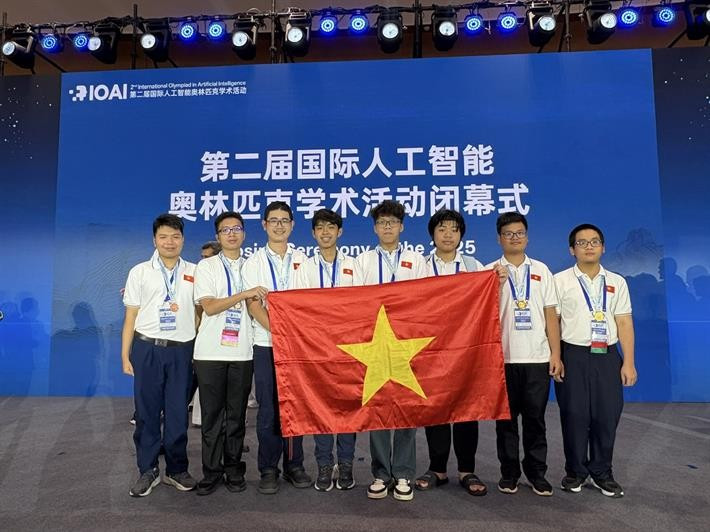
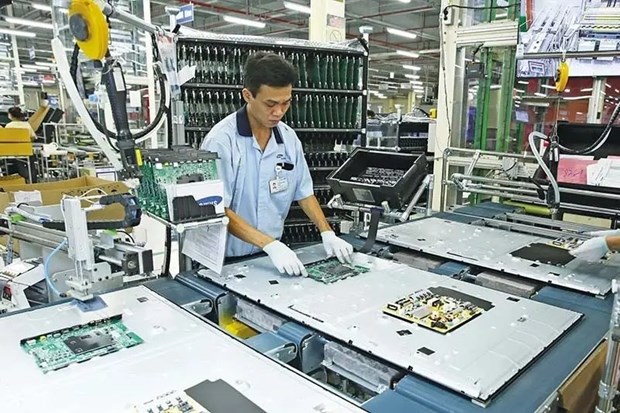
.jpg)
